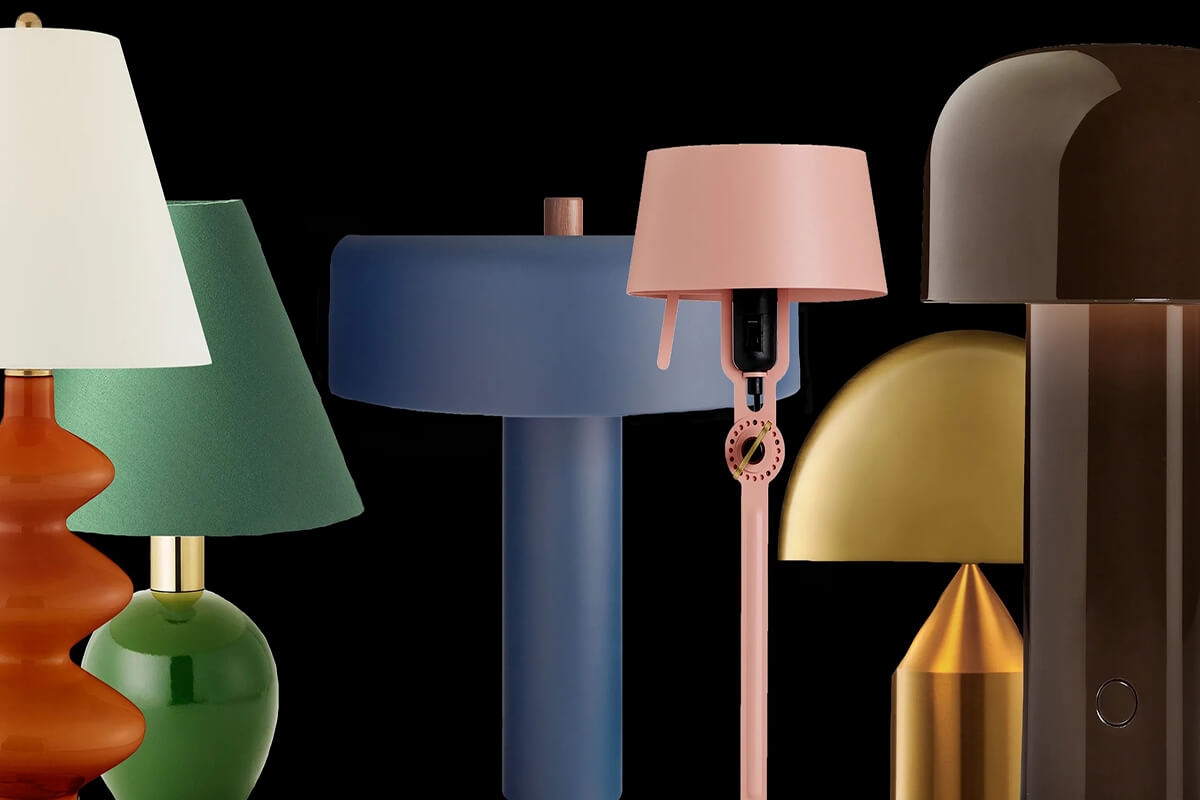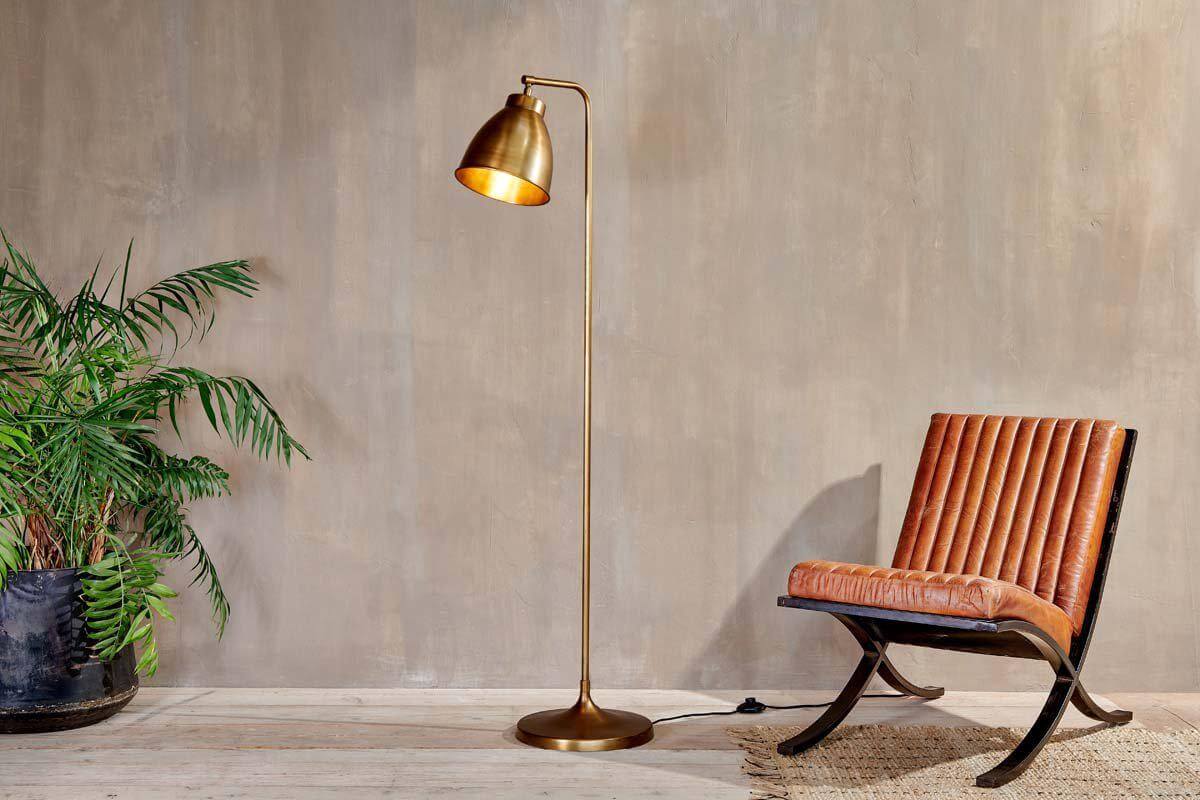Good lighting can bring life to any room or space. Even in our homes, we take great care in combining lamps, ceiling lights, and wall sconces to create harmonious and all-encompassing lighting. However, we highly recommend investing in the complete trifecta, although if you’re looking for a quick and easy way to enhance your space and create the desired ambiance, lighting fixtures are the ultimate solution.
They are flexible and can be easily combined or replaced at any time and can instantly change the mood of a room. It’s no secret that lighting is crucial to creating a welcoming and functional living room. The right combination of table lamps and floor lamps can transform your living space, adding style and functionality.
This blog post will explore the basic factors to consider when choosing table lamps and floor lamps for your living room. By understanding how to balance beauty, functionality, and overall design, you can create a light-filled and visually appealing living room that reflects your style and enhances your daily activities.
1. How to choose lighting fixtures for your space?
Well, the easiest way to find the answer to this question is to consider the following factors, which include:

1) Assess your lighting needs
Before we dive into fixture styles and designs, it’s crucial to evaluate your living room’s lighting needs. Consider the purpose of the room and how you will use it. Do you need bright light for reading or studying? Or do you want to create a cozy and relaxing atmosphere? Understanding your lighting requirements will guide you in choosing the right fixtures and their placement in the room.
2) Consider room size
Before buying a lamp, you must consider the size of your living room. A large amount of light may look impressive but overwhelm a small space, while a slim floor lamp may create a cozy atmosphere but may not provide enough lighting for a larger room. When choosing where to place your lights, consider how they will match your furniture. Make sure the floor lamp doesn’t block your path, and make sure the lamp on the coffee table doesn’t prevent you from using it for other purposes, such as placing drinks on it. It is important to measure your space and consider the size of the room and the number of light fixtures required.
3) Appropriate size and proportion
When choosing table and floor lamps, it is crucial to consider size and proportion. The size of the lamp should be coordinated with the furniture and other elements in the room. For example, if you have a large sectional sofa, choosing a taller floor lamp can create balance. On the other hand, if you have a smaller living room, choose smaller lights that won’t overwhelm the space. Pay attention to the size of the lampshade, which affects the overall visual effect.
4) Balance functionality and design
While style and beauty are important, making sure your fixtures serve their intended purpose is equally important. Consider the lighting features you need in your living room. Nightstand lamps are great for task lighting, such as reading or working on your laptop, while floor lamps provide ambient or accent lighting. Choose lights with adjustable brightness levels to provide versatility for different activities.
5) Layered light source
In order to create a well-lit, warm, and inviting living room, it is beneficial to incorporate several light sources. Combining table and floor lamps with other lighting fixtures, such as ceiling or wall lights, can create a soft layering effect. This creates depth and visual interest while providing different lighting options for different moods and occasions. Experiment with different combinations and positions to find the perfect balance of light throughout the room.
6) Energy efficiency and light temperature
In today’s environmentally conscious world, energy efficiency should be considered when choosing lamps. Look for LED or CFL bulbs that provide long-lasting lighting and use less energy. Also, consider the color temperature of the light the lamp emits. Warm colors (approximately 2700-3000 Kelvin) create a cozy atmosphere, while cool colors (approximately 5000-6500 Kelvin) are more suitable for task-oriented activities.

2. Conclusion
Choosing the right table and floor lamps for your living room is essential for both functionality and aesthetics. By evaluating your lighting needs, coordinating with the style of the room, and balancing functionality and design, you can create a well-lit and visually appealing space that enhances your living experience. Consider the tips provided in this blog to make an informed decision and transform your living room into a welcoming haven.





Leave A Comment